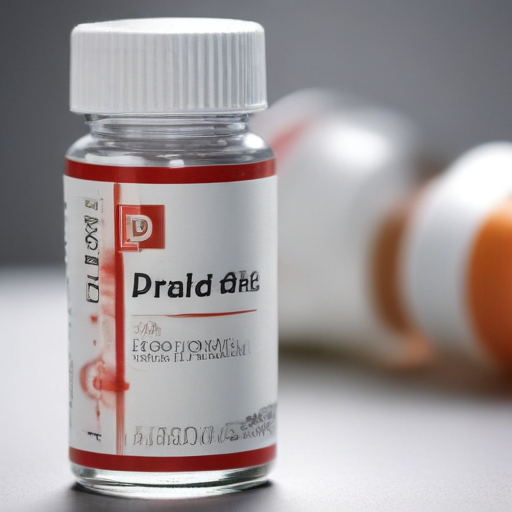The FDA has approved a groundbreaking new pain management medication, suzetrigine, marking a significant shift in the treatment of acute pain without the risks associated with opioids. This approval, the first of its kind in over 20 years, introduces the medication under the brand name Journavx, which will be available in 50-milligram doses priced at $15.50 per pill, as announced by Vertex Pharmaceuticals.
This decision comes as part of the FDA’s commitment to creating safe and effective non-opioid alternatives for pain relief, in light of the ongoing opioid crisis. Suzetrigine stands out as the first non-opioid analgesic of its class that has gained federal approval, a move that has the potential to alter the landscape of acute pain management significantly. According to Jacqueline Corrigan-Curay, the acting director of the FDA’s Center for Drug Evaluation and Research, this approval is a critical public health milestone.
Journavx was validated through two double-blind studies involving 874 participants recovering from surgical procedures including tummy tucks and bunionectomies. The trials demonstrated a significant reduction in pain compared to a placebo, with participants still allowed to use ibuprofen to manage discomfort.
The mechanism of action for Journavx involves blocking pain signals from reaching the brain by targeting the peripheral nervous system, making it a promising option for the more than 80 million Americans who require prescriptions for acute pain each year. Vertex’s CEO, Reshma Kewalramani, described this approval as a historic milestone that could redefine acute pain management and establish a new standard of care.
While the drug exhibits potential benefits, common side effects noted in the trials included itching, muscle spasms, and rashes. This new treatment could provide hope for patients seeking effective pain relief without the dangers associated with traditional opioid medications.
In summary, the FDA’s approval of Journavx represents a hopeful advancement in pain management, aiming to decrease reliance on addictive opioids and tackle the ongoing public health crisis surrounding their use. As new options emerge, patients may find more effective and safer alternatives to manage their pain.
